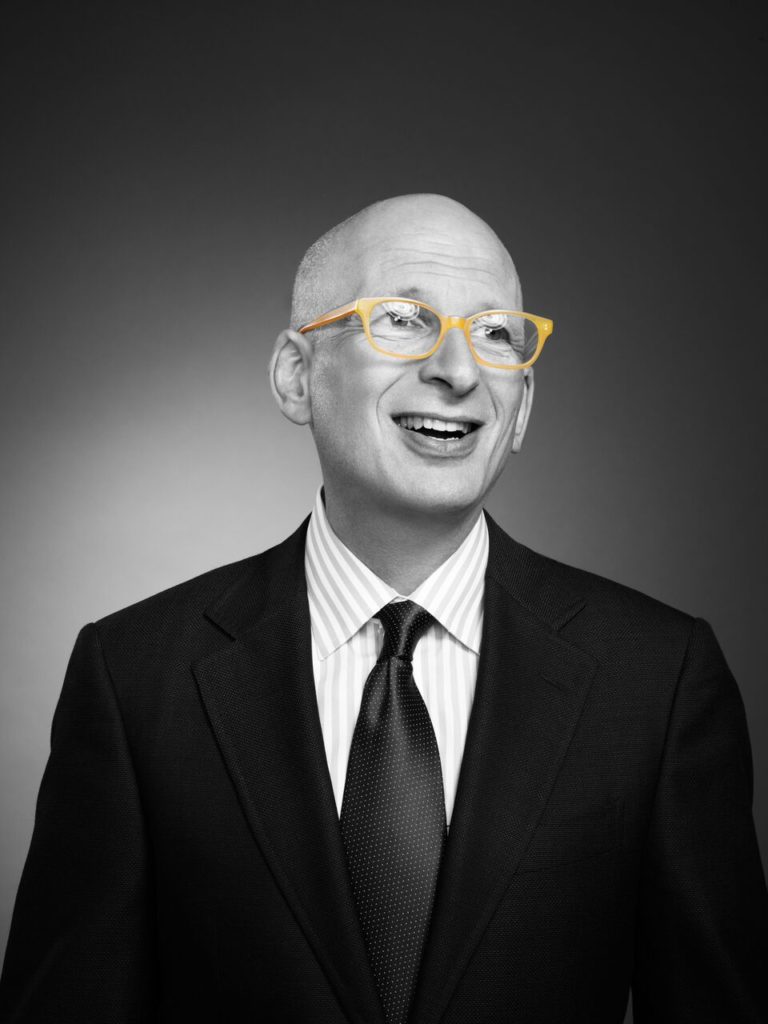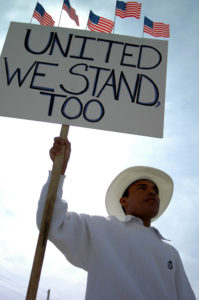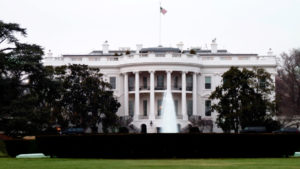Is Comfort Evil?
A friend sent a link to this short motivational video on ten sentences we need to hear at least once. I enjoyed. I especially liked #8, motivation doesn’t last—but neither does bathing so we do it every day. #4 is also good; I might rephrase it with the bumper sticker statement, “Don’t postpone joy.”
But I have issues with his word choice in #10, “Comfort is the enemy of achievement.” He’s right in some cases. Inherited wealth is often a barrier to achievement. So is walling yourself off from the things that cause discomfort. However, comfort has many shades of meaning.
I’m pretty sure he means that people need to get out of their smug, self-righteous bubbles, be willing to experience—and do something about—the suffering of others. But it will be interpreted by too many as “put on that hairshirt, dammit, you have no right to pleasure while others suffer.”
And THAT, I strongly disagree with.
Comfort, in some of its other meanings besides that smug self-superiority, is not a sin. Actually, I believe it’s a crucial element of our success in the world. We need to be able to both give and receive it.
To those who would deny the right of pleasure, I give you Emma Goldman’s famous quote, often paraphrased as “If I can’t dance I don’t want to be in your revolution”—here’s the original: “I did not believe that a Cause which stood for a beautiful ideal, for anarchism, for release and freedom from convention and prejudice, should demand the denial of life and joy.”
Comfort, as a verb, also refers to the mitzvah (in the sense of “good deed,” rather than “commandment”) of extending a hand, an ear, a hug to those who are grieving loss, ailing, in pain. I am sure Mr McKinney would not deny that comfort to others. That kind of comfort is an antidote to bitterness—and bitterness is a cancer interfering with any healing journey, whether self-healing, comforting others, or changing the world for the better.
As I’m using the word, comfort is an attribute like gratitude. It enables us to function better, make more change in the world, and keep our sanity.
It is NOT a self-built wall to shield us from the things that should make us uncomfortable. I do not agree with the right-wing legislators who think that they can isolate their “comfortable” kids from such realities as race-based inequality by making it illegal to teach those unpleasant realities—but when introducing that level of discomfort, we need to provide the emotional and tactical support to let those kids not just handle it but figure out something they can do to make it better.
So learn to be comfortable, but not complicit. Find pleasure in the things you do, including your social change. Keep good company and do those things with friends at least some of the time.






